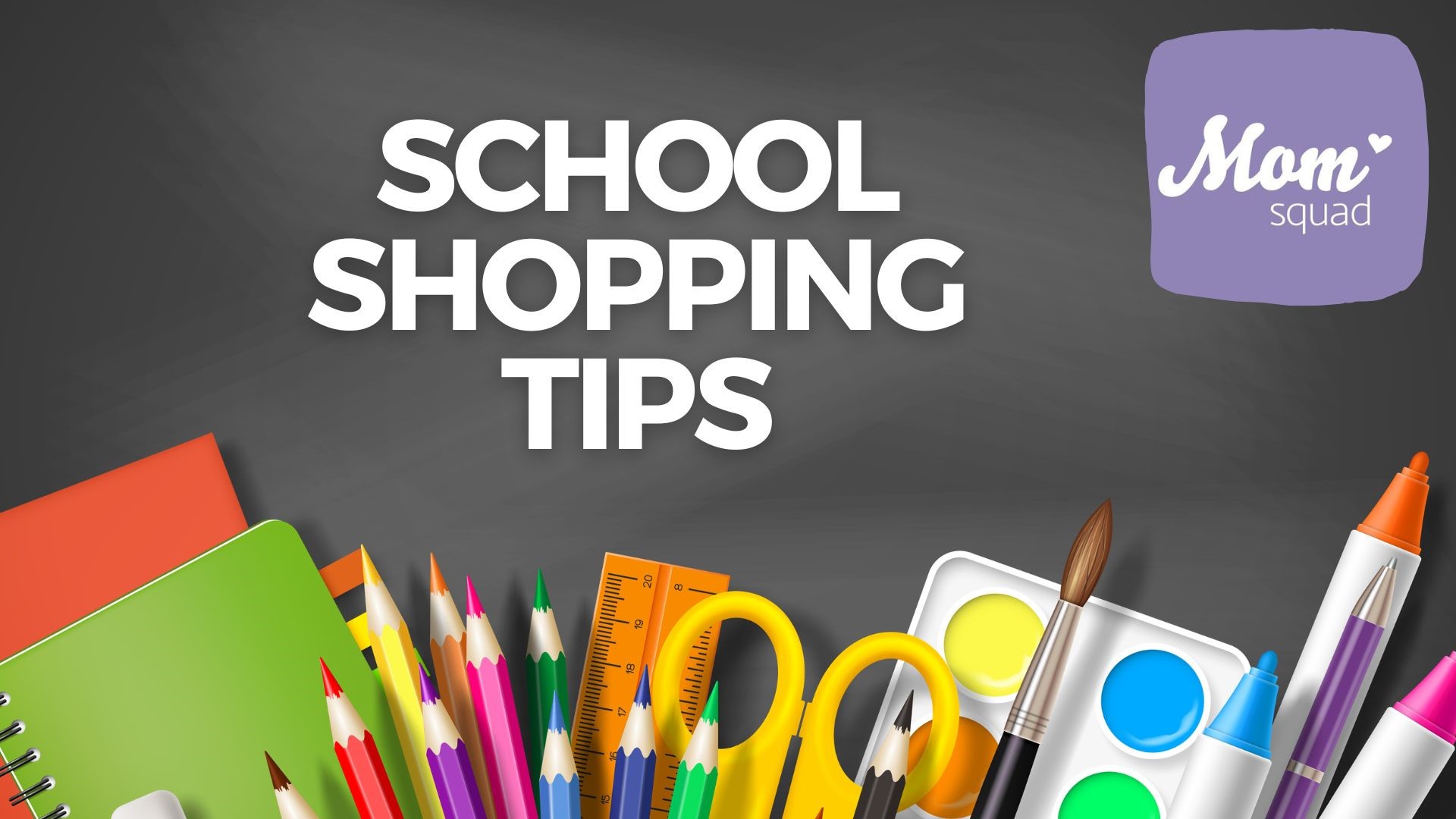MINNEAPOLIS — EDITOR'S NOTE: This story was originally published in 2023, but the information remains valid for 2024.
As August flies by, families are keeping an eye on the calendar and the start of another school year.
The Minnesota Department of Revenue wants to remind parents to take advantage of a couple of possible tax benefits.
Two tax relief programs for families with children in kindergarten through 12th grade are the K-12 Education Subtraction and Credit.
Both programs could help lower taxes and may provide a larger refund.
Household income limits apply for the K-12 Education Credit. Total household income needs to be less than $76,000 if you have one or two qualifying children in K-12.
If you have three qualifying kids your income must be less than $79,000 and if you have more than three kids, you add $3,000 per child.
Through the K-12 Education Credit, a parent can get 75 cents for every dollar they spend on school supplies. You can claim the credit unless you are married and file separate tax returns.
State officials say more than 17,000 families received the K-12 Education Credit for an average credit of $280 in 2022.
There are no income limits to qualify for the K-12 Education Subtraction. You may subtract up to $1,625 for each child in kindergarten through 6th grade and up to $2,500 for each child in 7th through 12th grade for education expenses.
"Over 134,000 families received the K-12 Education Subtraction for an average subtraction of $1,266, " according to the Department of Revenue.
The number one thing for families to remember when their school shopping this year: Save your receipts!
Officials say to use a folder or envelope to store the receipts or pick up a special envelope at their Minnesota State Fair booth, located in the Education Building.
The Department of Revenue listed these expenses as examples of qualifiers for the tax benefits:
- Paper
- Pens and notebooks
- Textbooks
- Rental or purchases of educational equipment such as musical instruments
- Computer hardware (hotspots, modems, and routers) and educational software (up to $200 for the subtraction and $200 for the credit)
- After-school tutoring and educational summer camps taught by a qualified instructor
Officials say fees for internet service do not qualify.
Click here to watch a video explaining the K-12 Education Credit and Subtraction and much more tax information from the Minnesota Department of Revenue.

